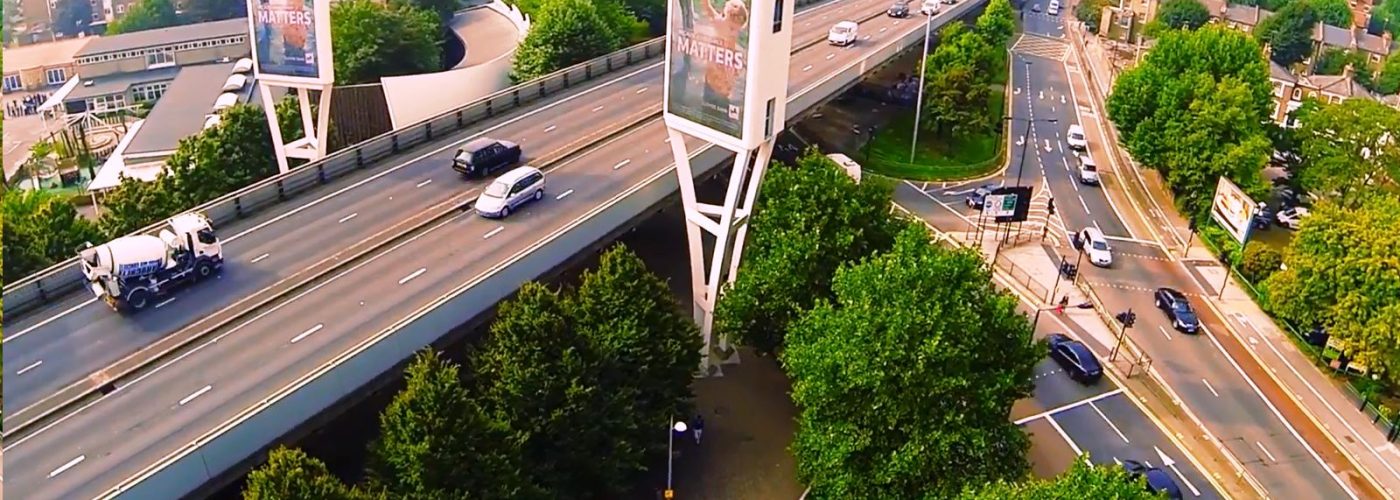In the infrastructure sector, BIM is changing the way that clients, designers and contractors approach projects. However BIM Level 2 is a major challenge for 2016, with many uncertainties still apparent as to how it will be successfully and consistently implemented, so that it delivers the excellence in project delivery that we all aspire to.
We have seen excellent 3D modelling in the last few years in highways and associated structures, for example at Ramboll we have taken laser scans of complex structures such as the Hammersmith Flyover and integrated design of strengthening elements into the geometrical model, before passing this model onto the contractor to use during construction. Clash detection and resolution has taken place and significant effort has gone into translating 3D model data into 2D drawings and specifications.
Yet BIM Level 2 is about far more than this – it is not just a geometrical model. We need to see information managed well throughout the project lifecycle and there remain a number of challenges to expand the use of BIM Level 2 through the infrastructure sector in the UK:
-
Improving consistency of Employer’s Information Requirements
-
Addressing issues specific to the infrastructure sector – many of the requirements of the 8 pillars of BIM required for BIM Level 2 are not developed fully for infrastructure projects. COBie is still not developed for many asset types, such as underground drainage systems.
-
Integration with asset management systems. In many cases the sector’s contractual arrangements will not help with implementing the ‘Government Soft Landings’ process, improving handover of a new asset to its future maintainers.
-
At the moment, BIM is seen as added cost, and another item which complicates contractual arrangements. It needs to be seen by all parties as a process which adds value.
-
Integration of BIM processes with the essential assurance processes required for infrastructure projects, such as Highway Structure Technical Approval
-
Expanding the levels and confidence with BIM from a small group of ‘BIM professionals and experts’ to the wider engineering community.
Yet despite these challenges, as an industry we need to push for progress. We have the potential to improve clarity of deliverables through the construction process. By integrating the use of smart sensors in infrastructure assets with a fully compliant BIM level 2 process, there are excellent opportunities to improve future maintenance of structures, and to improve satisfaction levels for both clients and end users. We need to work BIM processes in parallel with parametric design, and the use of modular construction techniques.
Above all we need to continue the culture of change in the industry, using BIM to improve collaboration, and increase the involvement of asset maintainers and users in the design process. We are striving for this at Ramboll by training more of our staff in the use of BIM and by the end of this year we will see all our technical staff trained in the full understanding of BIM’s processes, requirements and benefits. The particular challenges around BIM for infrastructure need to be acknowledged, but then clients, contractors, consultants and engineering institutions will need to work closely together to identify excellent solutions that add value to our projects.
By John Armitage, Technical Director, Ramboll





